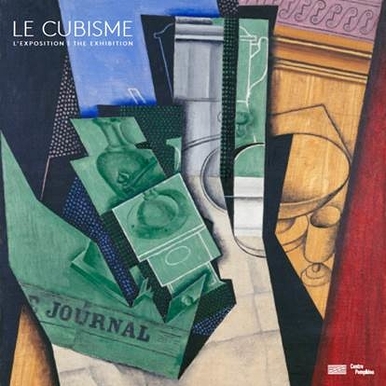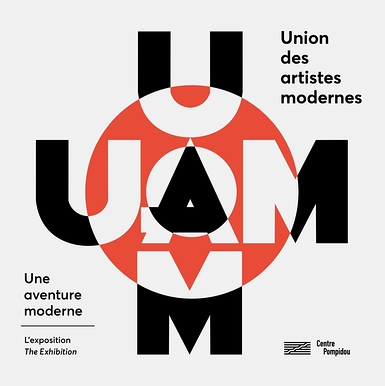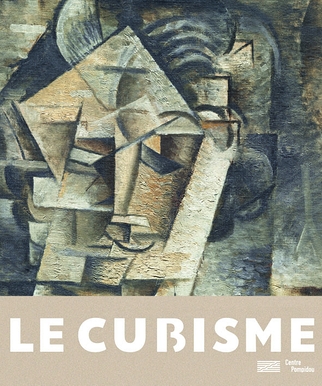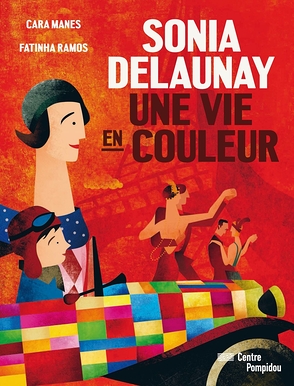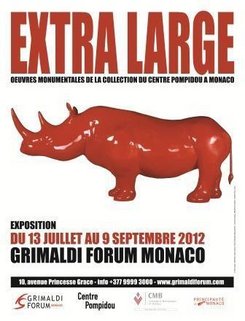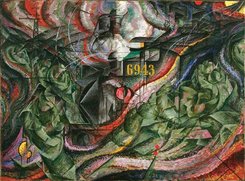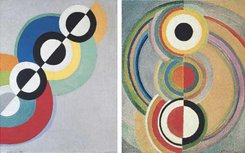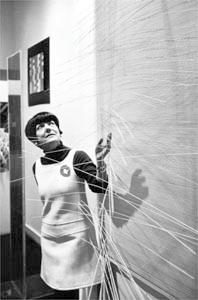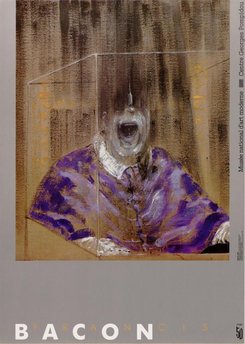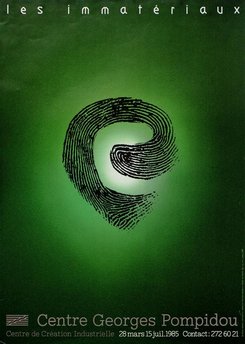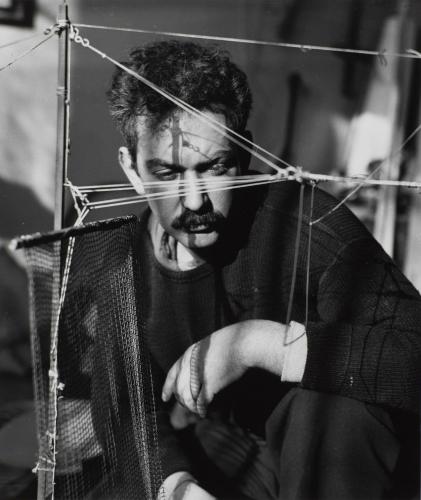Artist/personality
Sonia Delaunay
Peintre

Sonia Delaunay
(Sarah Sophie Stern Terk, dite Sonia Delaunay)
Peintre
Nationalité française (russe à la naissance)
Birth: 1885, Gradijsk (Ukraine, Empire Russe)
Death: 1979, Paris (France)
© Pracusa S.A.
Biography
Sonia Delaunay, born Sarah Stern to a very poor Jewish family in Ukraine, had the first piece of luck in her life at the age of 5: she was adopted by a rich, childless uncle who raised her in Saint Peterburg, in a cosmopolitan, cultivated milieu. This was the beginning of a life devoted entirely to art. Whether she expressed herself through the traditional medium of painting, or through the so-called "applied" arts (interior decoration, design, fashion), her body of work was entirely devoted to representations of light. She and her husband Robert Delaunay formed one of the mythical couples of modern art, devoting all their creative power to inventing a new form of expression: abstract, colourful painting, called "simultaneous" art.
To complete her education, her adopted family sent the young Sarah Stern to study art in Germany. Then, in 1905, she went to Paris, where she discovered avant-garde movements such as Fauvism and the painting of Paul Gauguin, which inspired her first works (Jeune fille endormie [Sleeping Girl], 1907). Though progressive, her family was concerned about her status as a single woman. In 1908, she arranged a marriage of convenience with her friend, gallery owner Wilhem Uhde, who himself was seeking a cover for his homosexuality. Though him, she met the young painter Robert Delaunay, who at the time was involved in Cubist and Futurist painting. She divorced and quickly remarried Delaunay, and they had a son, Charles, for whom she made a patchwork quilt in the Ukrainian tradition. Their many friends who came to visit the couple saw a Cubist work in the blanket.
Together, Robert and Sonia Delaunay moved towards what they called "simultaneous" art, inspired by Michel-Eugène Chevreul’s theories of "simultaneous contrast of colours". Fascinated by the notion of synaesthesia, they developed an art capable of transcribing the intensity of modernity. The couple lived significantly above their means and went every Thursday to the Bullier Ball in Montparnasse: Sonia evoked the electric atmosphere with Bal Bullier (The Bullier Ball, 1913). From this period date Sonia’s monumental Prismes électriques (Electric Prisms, 1914) and a first version of Robert’s Manège de cochons (Carousel of Pigs, 1922), exhibited side-by-side at the 1914 Salon des Indépendants. The artist also worked with her friend Blaise Cendrars on illustrations for his text La Prose du Transsibérien et de la petite Jehanne de France (Prose of the Trans-Siberian and of Little Jehanne of France, 1913), which produced an uncategorisable work, "simultaneously" associating text and painting in the exceptional form of a two-metre-long sheet of paper, folded accordion-style.
After World War I, Sonia Delaunay tried her hand at interior decoration as well as design, then created clothes, opening a boutique in the 1920s to provide for her family. She forged an international reputation by working for New York brands and creating costumes for the film industry.
Upon Robert’s death in 1941, Sonia, who was Jewish, sought refuge in Switzerland with a couple of artist friends, Jean Arp and Sophie Taeuber-Arp. After the end of the war, she devoted the rest of her life to promoting the work of her deceased husband and abstract painting. She played the role of patron for young contemporary art movements, such as concrete art and optical art. The end of her career was marked by the slow recognition of her work as an artist in her own right, separate from that of her husband. In 1964, she was the first woman to receive a retrospective in her own lifetime at the Louvre.
Medias
Events
Artistic collaborations
In the store

